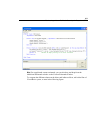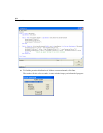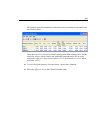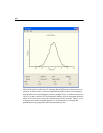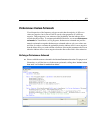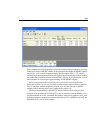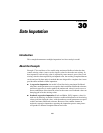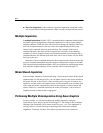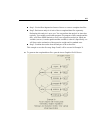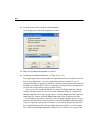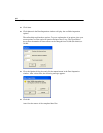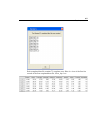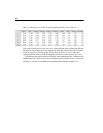
461
Example
30
Data Imputation
Introduction
This example demonstrates multiple imputation in a factor analysis model.
About the Example
Example 17 showed how to fit a model using maximum likelihood when the data
contain missing values. Amos can also impute values for those that are missing. In
data imputation, each missing value is replaced by some numeric guess. Once each
missing value has been replaced by an imputed value, the resulting completed dataset
can be analyzed by data analysis methods that are designed for complete data. Amos
provides three methods of data imputation.
In regression imputation, the model is first fitted using maximum likelihood.
After that, model parameters are set equal to their maximum likelihood estimates,
and linear regression is used to predict the unobserved values for each case as a
linear combination of the observed values for that same case. Predicted values are
then plugged in for the missing values.
Stochastic regression imputation (Little and Rubin, 2002) imputes values for
each case by drawing, at random, from the conditional distribution of the missing
values given the observed values, with the unknown model parameters set equal
to their maximum likelihood estimates. Because of the random element in
stochastic regression imputation, repeating the imputation process many times
will produce a different completed dataset each time.



